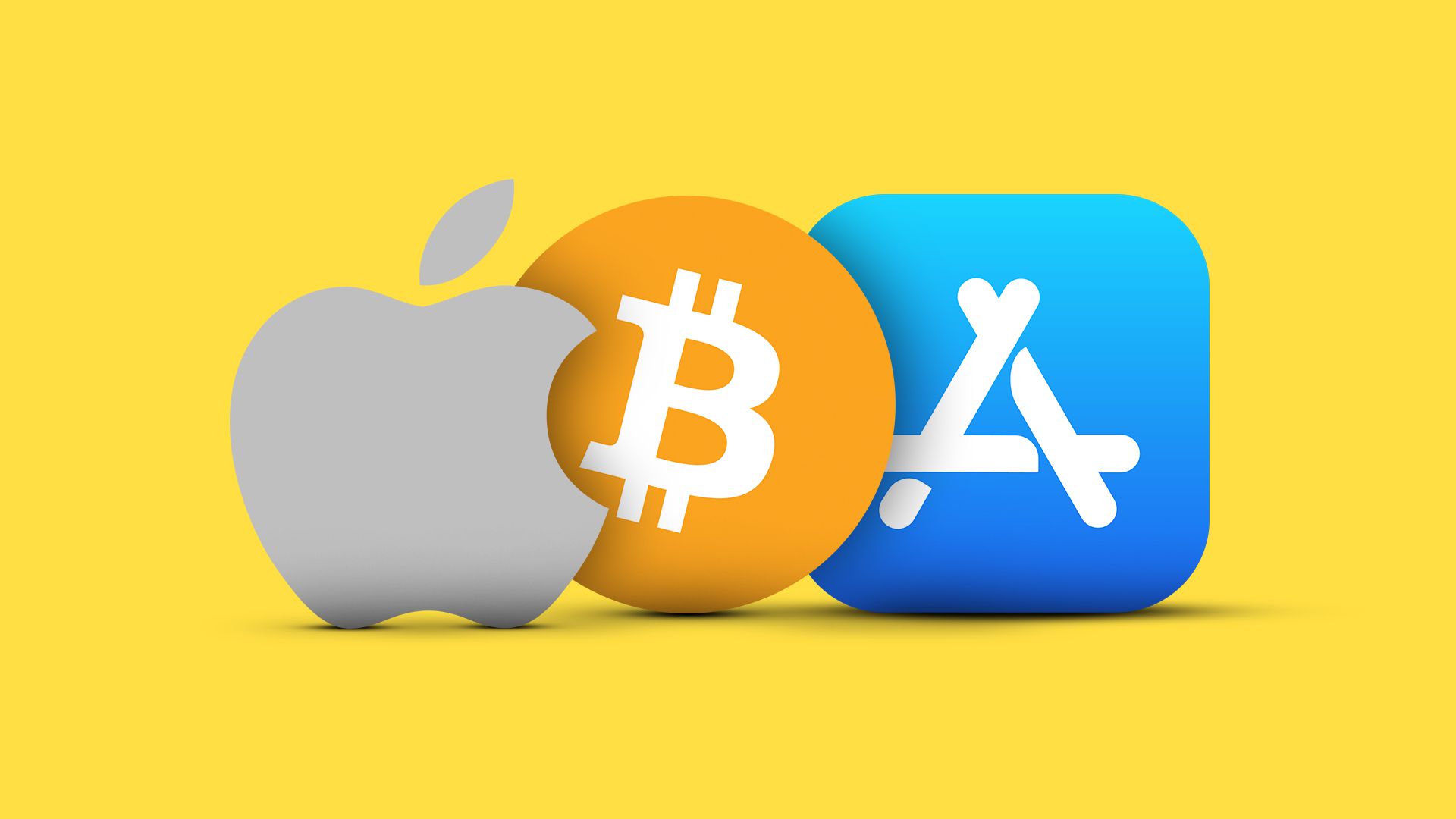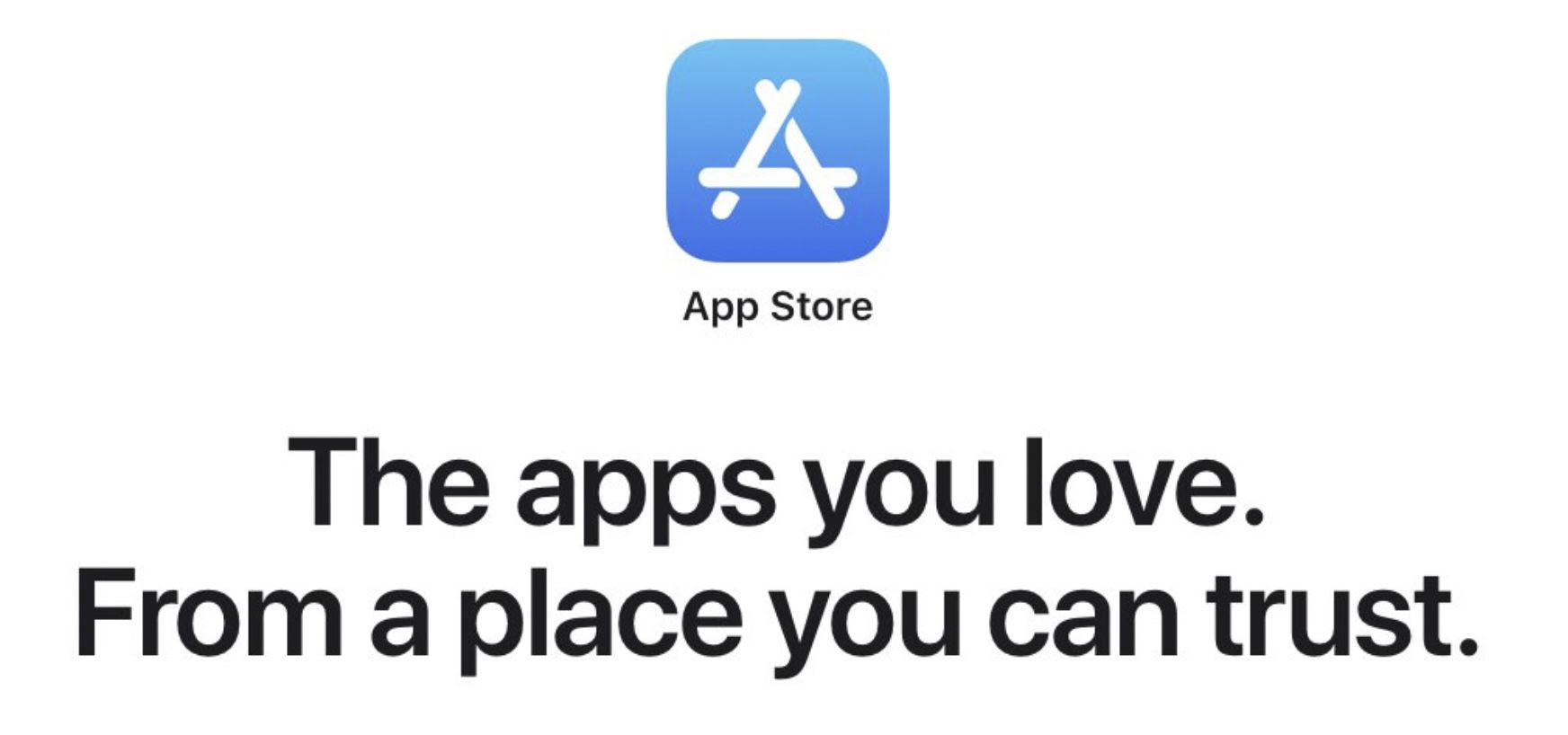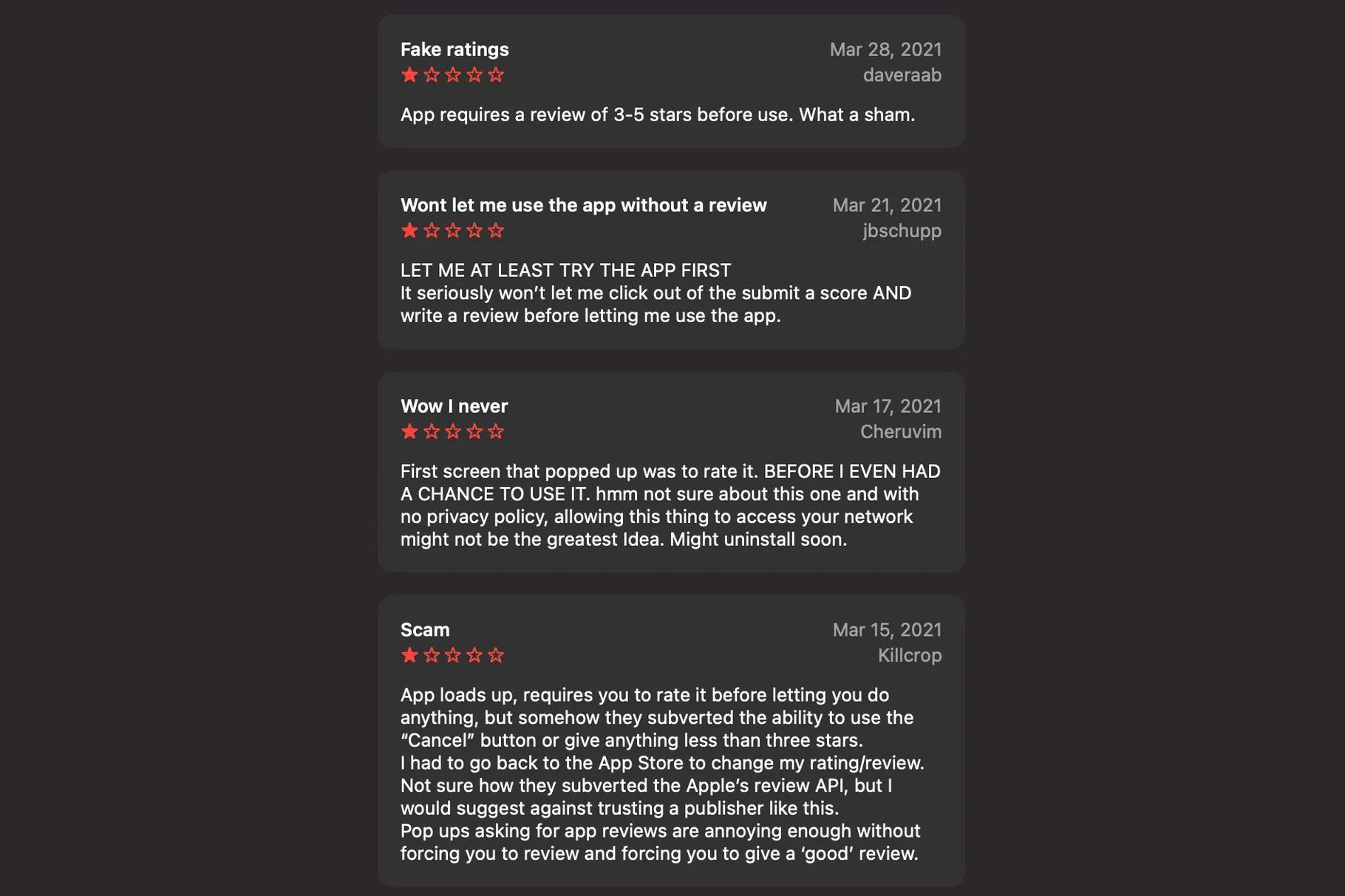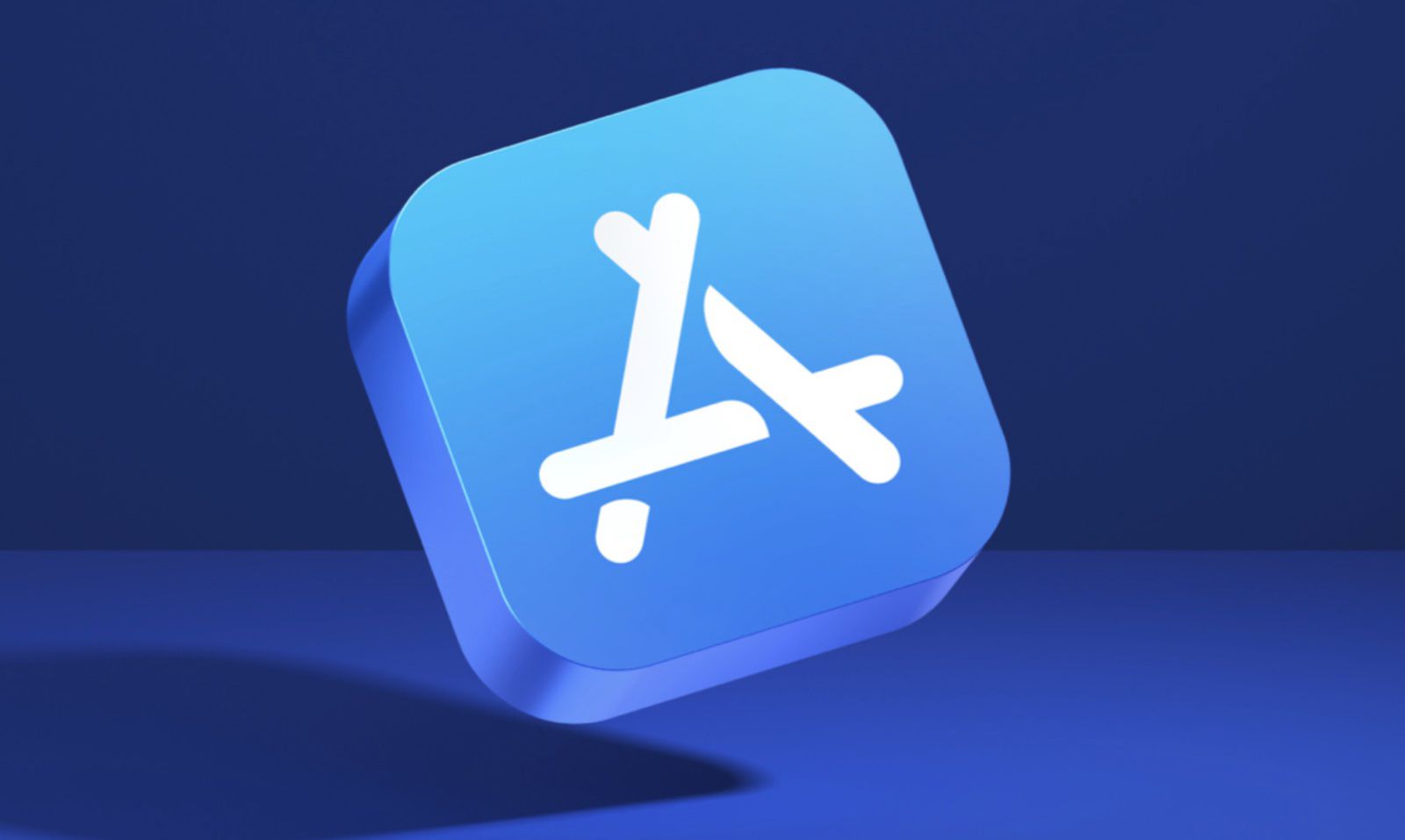They should go one step further — they should also make it so that if I bought the app on iOS, and I switch to android, I shouldn't have to pay for the app a second time. If developers want the ability to provide their products outside the App Store for their financial benefit, then they shouldn't be able to double-dip charging me for switching platforms for my benefit.
Got a tip for us?
Let us know
Become a MacRumors Supporter for $50/year with no ads, ability to filter front page stories, and private forums.
U.S. Senate Panel Approves Antitrust Bill That Would Allow Sideloading
- Thread starter MacRumors
- Start date
- Sort by reaction score
You are using an out of date browser. It may not display this or other websites correctly.
You should upgrade or use an alternative browser.
You should upgrade or use an alternative browser.
That's not an imagination that's pure fact, and your Apple loyalty knows no boundaries. 😘Your imagination is (almost) priceless, too bad you’re just plain wrong
A lot of issues stem from user neglect. Phishing is a big one that no app store would cover.that's a **** analogy.
lots of sideloaded apps are perfectly safe.
sideloading is basically the same as downloading programs on an desktop OS.
are you telling me that if I download a program outside the Mac App Store on my MacBook that my MacBook is at risk of physically breaks the laptop? or even just causes crashes/freezes or instability software wise?
on PC i don't think i've ever downloaded a program from the MS store. i go to the developers website and download it. Perfectly safe.
sideloading is just the same. yes there is a risk but if aren't stupid and make sure you're downloading from a trusted site then you'll be fine.
<iframe src="https://giphy.com/embed/6pJNYBYSMFod2" width="480" height="360" frameBorder="0" class="giphy-embed" allowFullScreen></iframe><p><a href="
">via GIPHY</a></p>
keep the discussion going guys.
there are tons of possibilities I haven't imagined could happen.
definitely good stuff 👍
keep the discussion going guys.
there are tons of possibilities I haven't imagined could happen.
definitely good stuff 👍
Incorrect. Spotify, Netflix, and Amazon chose to move their payments to the web. They could have in-app payments, but didn't want to pay the commission. In theory they could have lost subscribers or users, but in reality they didn't. Spotify and Netflix both rapidly expanded in the years following that choice. Amazon still has dominant control of the ebook market. All three of those companies made that move many years ago and didn't need any government regulatory changes to allow it to happen.The latter case falls under “inhibiting” because they not only aren’t allowed to collect payments in-app (a significant UX issue in itself) but, pending a policy change by Apple, they aren’t even allowed to instruct users how to make a purchase outside the app. Their options are to lose prospective subscribers due to signup friction or pay up to 30% of their revenue to Apple, against whom they directly compete, which many services like this can’t afford without raising prices. Apple is able to either deliver services cheaper or make more profit on services because they don’t have to worry about paying a significant chunk of their revenue to someone else.
There exist numerous examples of Apple copying nascent App Store apps’ ideas to build them into their own OSes, but the most recent that comes to my mind is the FlickType swipe-typing keyboard for Apple Watch, which Apple repeatedly stonewalled in App Review for a multitude of farcical reasons recently before building a swipe-typing keyboard into watchOS for the Apple Watch Series 7, which Apple used as a selling point for its larger display. As for acquiring competition, Apple’s not the worst offender there; that’s more of a Facebook problem.
As for swipe-typing, that isn't really an example of something that appeared in the App Store and then was copied by Apple. Swype, the original app that trail blazed that approach, didn't launch onto the App Store until 2014 (which was also the year of it's FINAL release on Android). Essentially, it was already on it's way out by the time it appeared on iOS.
Look at all of the people that still use Facebook. I just don't care about them. People either learn how to keep their devices secure and information private, or they don't. Then they get what they deserve.If it were that simple… but you, just as almost everyone who is in favor of this have no idea about average peoples behaviors and all the things that social media and hackers will come up with…
How did you learn that you had to lock the front door when you exited your home or car? Guess what happens when you don't lock your doors. We have had technology long enough now that people should know better. If they don't then they better learn.
Ask yourself this; "Do you want society dumbed down even further, or do you want society to smarten up?" A lot of people have to fail in order to learn.
Personally, I want society to smarten up and grow into independent thinkers. You cannot get that with nanny rules and lack of choice.
The alternative is for everyone just to get their safe protected government issued phone. That'll work out well.
I interpreted your statement as pro-Apple FUD.How on God’s Green Earth did you interpret I was spreading anti-Apple FUD?
I know. Hence pro-Apple FUD.If anything, I am advocating protecting their App Store model.
What condescension? I was merely stating the fact that you could "sideload" apps on the Mac since forever and I've never had any security problems since I first started using Macs in the late 1980s.I’ve been using Macs (and before that, Apple ][) longer than you so please, drop the condescension.
And guess what, I started out using the Apple II+ so we've been using Apple products for a similar amount of time. But I wasn't bragging about it.
What was your first Apple product?
Apple //e It was returned/exchanged after 2 days of ownership when we found out Apple had just released. . . .
You framed the choice exactly like I did: They couldn’t pay the commission while delivering a competitive service, so they went with a route that only allows existing users to sign in, confusing users who download the app wishing to make a purchase only to find out they can’t in the app — with absolutely no indication of how to make a purchase (again, this will change soon only because it’s part of a lawsuit settlement). Spotify and Netflix saw their iOS apps’ subscriber growth go to zero, of course, and I guarantee you that fewer people signed up for their services than otherwise would have if they were able to do so in the app.Incorrect. Spotify, Netflix, and Amazon chose to move their payments to the web. They could have in-app payments, but didn't want to pay the commission.
Neato, now address swipe-typing on Apple Watch and the specific timing of App Review issues for FlickType followed by the announcement that the Apple Watch Series 7 would include basically identical functionality, which was, once again, one of few selling points in a pretty mediocre update.As for swipe-typing, that isn't really an example of something that appeared in the App Store and then was copied by Apple. Swype, the original app that trail blazed that approach, didn't launch onto the App Store until 2014 (which was also the year of it's FINAL release on Android). Essentially, it was already on it's way out by the time it appeared on iOS.
So, hypothetically speaking.
My iPhone is Virgin Apple clean. ONLY iOS grade A+ primo Apple APP store approved and downloaded on my device.
Lets say someone within "my network" (basically contacts) side loads a malicious App/program.
The hackers then send me a text/phone call (NSO group Style) and that could would/could be enough for me to get infected? and all my data and device (microphone, camera etc.) would be in control of that hacker?
Or would I still need to answer that call, open that text (or accidentally touch the hyperlink) then I'd be screwed?
My iPhone is Virgin Apple clean. ONLY iOS grade A+ primo Apple APP store approved and downloaded on my device.
Lets say someone within "my network" (basically contacts) side loads a malicious App/program.
The hackers then send me a text/phone call (NSO group Style) and that could would/could be enough for me to get infected? and all my data and device (microphone, camera etc.) would be in control of that hacker?
Or would I still need to answer that call, open that text (or accidentally touch the hyperlink) then I'd be screwed?
The threshold for proving punitory action via Bill of Attainder is extremely high. For example, in 1998 AT&T sued the FTC over provisions in the Telecommunications Act of 1996, in part claiming violation of Bill of Attainder. Unlike the American Innovation and Choice Online Act law we're discussing today, which only targets thresholds of market cap and size, the act in 1996 actually singled out the Bell companies by their name in the legislation. Easy win for AT&T right? Nope - AT&T still lost, with the appellate court ruling:Not a lawyer, but wouldn't the Bill of Attainder clause generally preclude targeted legislative action? There is a provision today for antitrust enforcement - DOJ would file suit alleging violation of the Sherman Act.
While it ultimately may be allowed, the Supreme Court cases I found (notably against Huawei) all have been upheld when challenged by the named parties as they were named provisions were directly related to direct interaction with the US Government and not commerce in general. Understanding that correlation does not equal causation it does make me wonder if such a globally impacting law targeting one or two named companies would withstand judicial scrutiny.
We hold that s 271 does not violate any of the constitutional provisions raised by BellSouth. The section does not violate the bill of attainder clause, because it does not inflict "punishment" on BellSouth. Instead, it is a rational and nonpunitive congressional enactment that serves to open tele- communications markets.
In other words, the court interpreted the intent of the bill as opening markets rather than punishing AT&T. The same interpretation has held for most antitrust legislation, that their intent is to protect markets and consumers rather than hurt the affected companies, irrespective of how targeted and selective the legislation is written.
Then you can choose to sideload or wait for a competitor to take its place. If the App Store is as compelling as you say it is for developers, it shouldn't take long for a gap in the market to be filled.As already mentioned by others, that's a false choice. An app that you currently like and use from the App Store could move to side loading exclusively. Then what?
I can already see Facebook pulling all its apps from the App Store to circumvent the privacy rules thing
What prevents Facebook now (downloaded from AppStore, so we know Apple's perfectly fine with it) from circumventing the privacy rules thing, once installed?
If Apple was serious about privacy, they would have banned all Facebook/Google/whatever from the AppStore in the first place.
to each their own, good thing we have choices (eg Android or windows), and difference of opinionThat's not an imagination that's pure fact, and your Apple loyalty knows no boundaries. 😘
yea, just imagine everyone were like you, or me for that matter
I was really wondering if Djokovic is really that dumb, or maybe has a hidden agenda or a business interest.
No one could be that dumb, at least not such a successful athlete, right?
But reading the comments on this post really changed my mind about human stupidity.
No one could be that dumb, at least not such a successful athlete, right?
But reading the comments on this post really changed my mind about human stupidity.
And even if you don't sideload and stick to only using Apple's app store, you're still exposed to security and privacy gaps and scam apps.Thumbs up. If you don’t want to side load, don’t.

Report Reveals In-App Purchase Scams in the App Store
An investigation into App Store developer pay-outs has uncovered a scamming trend in which apps advertising fake services are making thousands of dollars a month from in-app purchases.

Bitcoin Scam App Approved by Apple Robs iPhone User of $600,000+
A scam bitcoin app that was designed to look like a genuine app was accepted by Apple's App Store review team and ended up costing iPhone user Phillipe Christodoulou 17.1 bitcoin, or upwards of $600,000 at the time of the theft, reports The Washington Post.

Facebook Removing Onavo VPN From App Store After Apple Says It Violates Data Collection Policies
Facebook today removed VPN app Onavo Protect from the iOS App Store after Apple decided that it violates App Store data collection policies, reports...

Developer Highlights How Fake Apps Scam Users Via Apple's In-App Purchasing System
Apple hosts millions of apps on the App Store, calling the platform a "safe and trusted" place to discover apps. While mainly true, Apple has come under criticism for hosting many different scam apps on the platform, some even raking in millions in revenue.

Study Finds Up to 2% of Top 1,000 Paid Apps on App Store Were Scams
Apple has used its app review process as a bulwark in recent legal assaults on its App Store policy, and put particular emphasis on the security benefits for iOS users when buying apps. However, an investigation has found that almost 2% of the top 1,000 highest grossing apps on a given day were...

App Store Scam App Required a Good Review to Function at All
An app that demanded at least a three-star review to function got through the App Store review process, it has been found (via The Verge). iOS developer Kosta Eleftheriou discovered that the "UPNP Xtreme" app, which claimed to let users stream video to a TV, presented the system's App Store...

Developers Complain as App Store Feature Promotes Rip-Off Apps
Apple has featured a number of apps with disproportionately expensive subscriptions on the App Store, arousing the ire of some developers.
I can literally spend all day posting all the stories about similar stuff.
x2 fa shoWhat prevents Facebook now (downloaded from AppStore, so we know Apple's perfectly fine with it) from circumventing the privacy rules thing, once installed?
If Apple was serious about privacy, they would have banned all Facebook/Google/whatever from the AppStore in the first place.
I was scratching my head when the news that Zuck was still Zucking everyone and Apple just looked the other way.
apple just wants to keep control and pretend they are keeping users safe. most people can stay safe online. we don't need apple holding our hand. if you download something dangerous then the blame is on you.
Well there's obviously something else going on here, because macOS has an App Store too. So if Apple "just wants to keep control" then they could very easily disable side-loading on macOS too, yet they don't.
Look at me side-loading some dangerous malware from the dark net... 

Last edited:
The U.S. Senate doesn't appear to be concerned with individual voting rights, so I'll take a wild guess and say side loading really has nothing to with individual rights either.
Your aren't wrong, but this is probably more about economic rights than social (voting) rights.
As patronizing, crazy, whacky, immature it may sound to you: stay on topic: It's not windowsrumors here.Macs are largely immune from virus/malware/adware though. A much better example would be Windows. It might not be as bad as it used to be, but Windows is riddled with things that secretly steal from the user.
Stop the patronizing tone, btw. We can have a discussion without immature comments about someone being crazy, which is essentially what you were trying to say.
What I am essentially are saying is that the discussion here is if sideloading on IOS is a good/bad thing.
I think it's a good thing. It will boost innovation and make an iphone/ios experience better, not worse. It will create room for third party applications and services you couldn't until now. Not controlled/limited by apple's unproven 'privacy' or false sense of 'security' but because creativity should only be controlled/limited by our willingness to buy or use these applications or services.
Don't do it, that's how the hackers overclock your facebook and steal all your likes.
Would love to have it on ios..
Darn, I opened this attachment and now My Macbook is asking me to pay 20 bitcoins to unlock.
Register on MacRumors! This sidebar will go away, and you'll see fewer ads.

